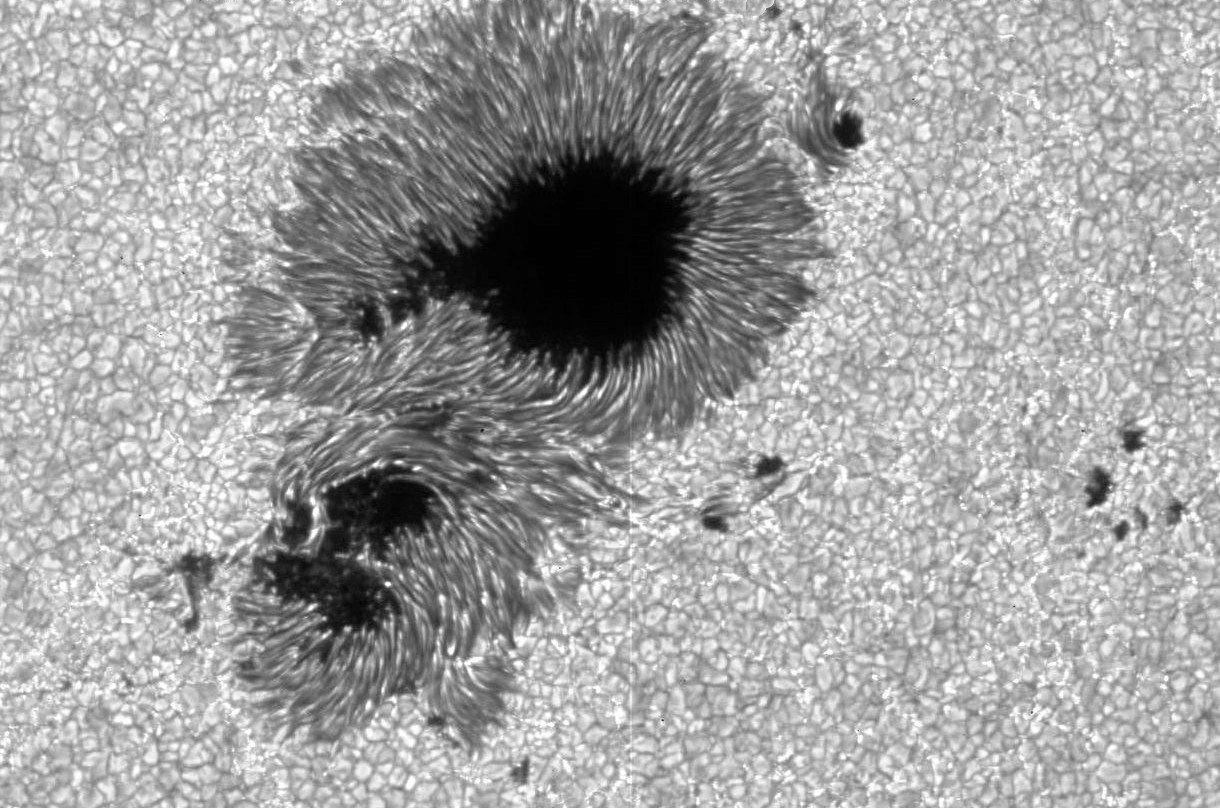
Planet Earth could be heading for a mini Ice Age, scientists have claimed after finding that Sun has gone blank again during the weakest solar cycle in more than a century.
According to scientists, there were no sunspots on Sun surface on June 4 and this continued for four days – something which happened last time in 2011. According to Vencore Weather, the massive star has now entered its quietest period for more than a century. Climate experts reveal that the solar surface is currently showing a clear lack of action. Normally, many sunspots can be seen on Sun’s surface but NASA’s new images have shown that no visible sunspots are there currently on the surface of the Sun. This is the second time in a month that Sun has gone blank, suggesting that sun is probably heading for its next “solar minimum phase”.
Meteorologist Paul Dorian of Vencore Weather predicts there will be more spotless days over the next few years and the next solar minimum phase could take place in 2019 or 2020.
“At first, the blankness will stretch for just a few days at a time, then it’ll continue for weeks at a time, and finally it should last for months at a time when the sunspot cycle reaches its nadir,” Dorian said.
“The next solar minimum phase is expected to take place around 2019 or 2020.”
The last time such as event occurred was in mid 17th century, when the sun experienced a long phase of no sunspots, thus ushering in “The Maunder Minimum” phase and start of a Mini Ice Age in 1645 that continued till 1715.
Some experts now think a similar mini Ice Age could be approaching soon.
Paul Dorian also reveals that a weaker solar cycle could also prove to be dangerous for astronauts as more cosmic rays can now reach Earth. Moreover, there is a drop in aerodynamic drag due to cooling and contracting of Earth’s atmosphere, which causes space junk to accumulate in orbit. This space junk always presents a threat to International Space Station or other spacecraft.
Last year, another study conducted by researchers from Northumbria University predicted that solar activity could decline by up to 60% between 2020 and 2050.
“I am absolutely confident in our research. It has good mathematical background and reliable data, which has been handled correctly,” said Professor Valentina Zharkova from Northumbria University.
“In fact, our results can be repeated by any researchers with the similar data available in many solar observatories, so they can derive their own evidence of upcoming Maunder Minimum in solar magnetic field and activity.”